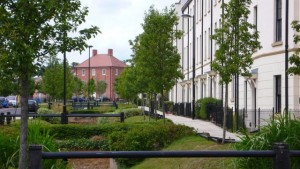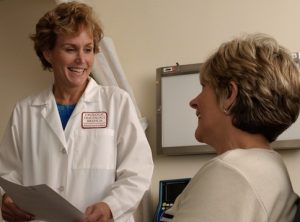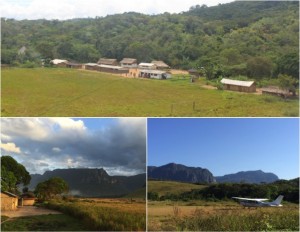A blog post from the Scottish Wildlife Trust by Ed Taylor discusses the importance of greenspace in Scotland’s suburban and urban areas. It’s part of a “50 for the Future” series that suggests 50 things that should occur in Scotland over the next 50 years to benefit both people and wildlife. As suburban areas are …
I was catching up on my NPR shows this evening and this one is definitely worth a listen. Here are the slides that they talk about in the podcast that summarize conversations with a focus group in England about antimicrobial resistance. Science Friday interviews Ed Young (who I highly recommend you follow on Twitter if you don’t already) …
Here is a fun recent article by Vilanova et al. on the coffee machine bacteriome (open access in Nature’s Scientific Reports) that made me wonder why didn’t we think of doing this. In this study, the authors sampled the inner drip tray (below the capsule container) of nine different Nespresso capsule coffee machines. They found that Enterococcus sp. and Pseudomonas sp. were abundant in most …
Microbes are ubiquitous in the built environment and present as a unique ecological component of importance for indoor air quality. One major influence of microbial activities on indoor air quality is through the emission of volatile organic compounds (VOCs). Although a variety of microbial VOCs (mVOCs) have been identified in laboratory studies, compounds exclusively of …
One of the main goals of microBEnet has been to improve cross-talk between disciplines with the field of the microbiology of the built environment. One way we’ve attempted to accomplish that is through a manually curated collection of all publications relevant to the field. At the time we began, Mendeley seemed the obvious choice for …
In our previous 2012 Sloan project “Microbes of the built environment spanning human urbanization” we studied environmental microbes in gradients of transculturation and of urban social stratification at the basin of the Amazon River, from hunter-gatherer villages in Peru, to the modern city of Manaus. The results showed an association between changes in home …
The Mayo Clinic in MN has built a research facility called the “Well Living Lab” which aims to help research connections between health and the built environment. Here’s a description of the facility from their website: At the Lab, we research the real-world impact of indoor environments on human health and well-being, and generate evidence-based …
Just saw a posting about this on Twitter by Simon Creer and thought it might be of interest. 4 year NERC freshwater eDNA PDRA now recruiting! Understanding the ecological relevance of eDNA in freshwater lotic ecosystems (NERC Highlight Topic funding) We are looking for a dynamic researcher to fulfil a leading role in a …
For the past couple of years, there has been a storm gathering on the horizon of indoor air quality monitoring. Nucleating around crowd-funding sites such as Kickstarter and Indiegogo, these devices seem to advect along roughly similar trajectories. The teams working on these projects have created a sort of high pressure system wafting high-quality industrial …
Really short post here, digging back through old bookmarked stories that I had wanted to share on microBEnet. Jessica Green gives yet another great interview about microbes in the built environment, this time for the Robert Wood Johnson Foundation. See the interview here.



